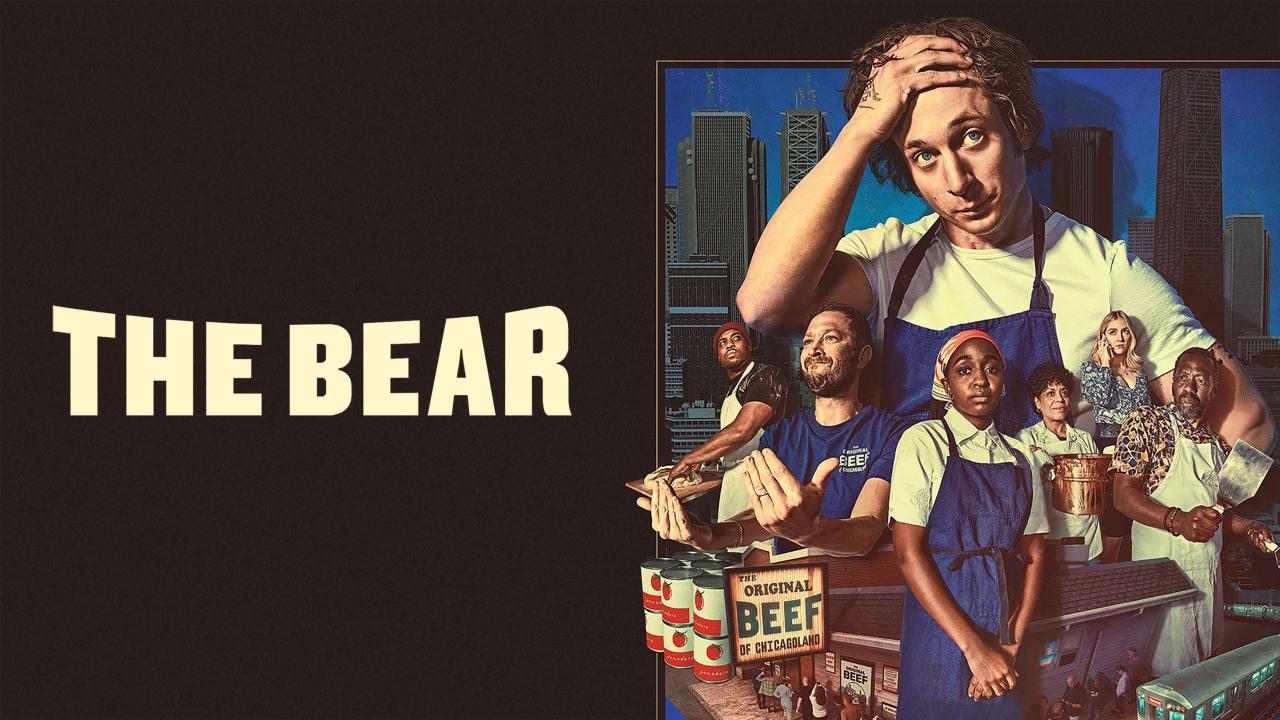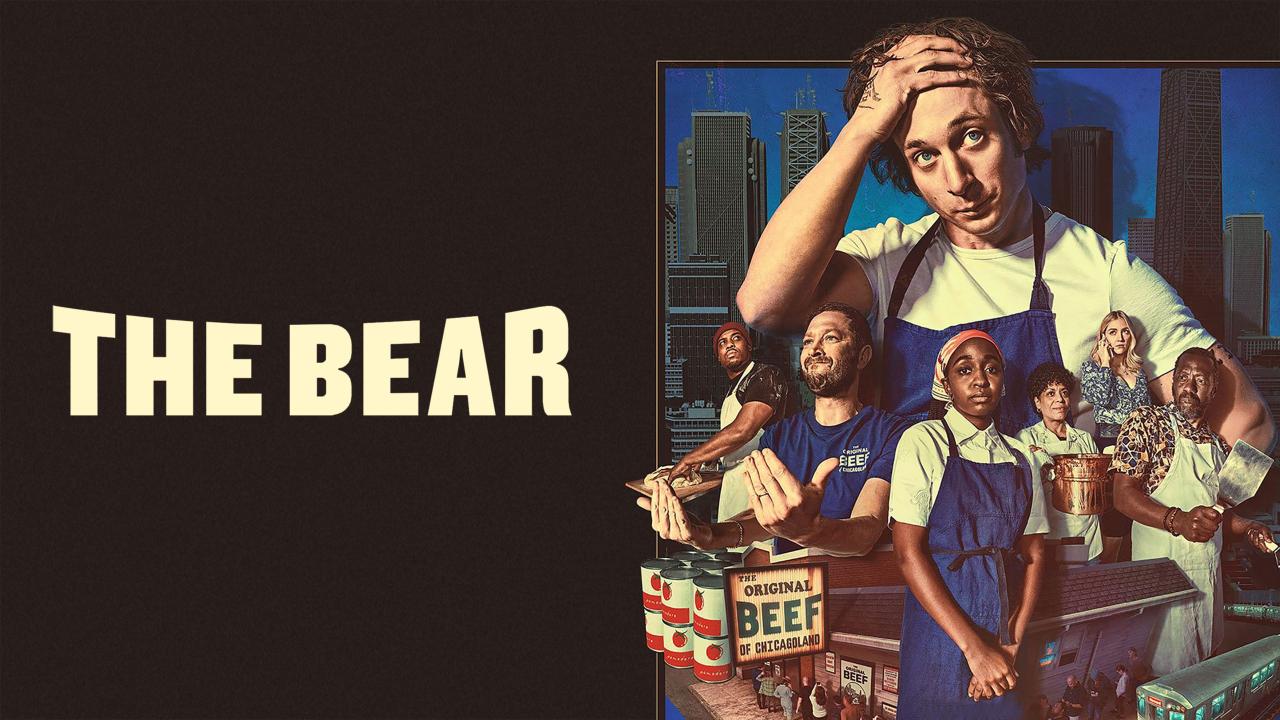Bear Season 3 emerges as a captivating installment that not only expands the show’s narrative but also explores the depths of its characters, visuals, and cultural significance. With its intricate plot, compelling character development, and stunning visuals, this season has left an indelible mark on the entertainment landscape.
As we delve into the intricate world of Bear Season 3, we will dissect the main plot points that set it apart from its predecessors. We will also closely examine the character development of the central protagonists and antagonists, shedding light on their motivations and complexities.
Storyline and Character Development

Season 3 of “Bear” takes a significant departure from previous seasons, delving deeper into the complexities of the human-animal relationship and exploring the consequences of environmental destruction. The season follows the journey of John Franklin, a park ranger grappling with the trauma of his past, as he investigates a series of bear attacks that threaten the delicate balance of the wilderness.
John’s character development is central to the season’s narrative. Haunted by the death of his wife and child, he struggles to reconcile his grief with his responsibilities as a ranger. As he delves into the investigation, John confronts his own mortality and the fragility of life in the face of nature’s unpredictable forces.
New Characters
The season introduces several new characters who play pivotal roles in the unfolding events. Among them is Maya, a wildlife biologist whose knowledge of bear behavior proves invaluable to John’s investigation. Maya’s passion for conservation and her deep connection to the wilderness challenge John’s perspective and force him to confront the environmental degradation that threatens the bears’ habitat.
Production and Visuals: Bear Season 3
Season 3 of Bearboasts an array of behind-the-scenes enhancements that elevate its visual and sensory impact. The production design team meticulously crafted each scene, immersing viewers in the rugged wilderness and intimate moments of the bear family.
Cinematography
The cinematography of BearSeason 3 is a masterclass in capturing the beauty and brutality of nature. Sweeping aerial shots showcase the vast Alaskan landscape, while intimate close-ups bring viewers face-to-face with the bears’ expressive eyes and intricate fur.
- The use of natural light enhances the authenticity of the show, creating a visceral connection between the audience and the subjects.
- Slow-motion sequences capture the bears’ movements with an almost poetic grace, highlighting their strength and agility.
- Unique camera angles provide fresh perspectives on the bears’ interactions, offering viewers an unprecedented glimpse into their world.
Color and Lighting, Bear season 3
Color and lighting play a crucial role in establishing the show’s distinct atmosphere. Warm, golden hues bathe the scenes in a sense of intimacy and wonder, while cool, blue tones convey the harshness and unpredictability of the wilderness.
- The use of color grading subtly shifts throughout the season, reflecting the changing seasons and the bears’ emotional journeys.
- Natural lighting sources, such as the sun and moon, create realistic and immersive visuals.
- Artificial lighting is sparingly used, primarily to enhance the bears’ expressions and highlight key moments.
Sound Design
The sound design of BearSeason 3 is a symphony of nature and emotion. Ambient sounds, such as rustling leaves and running water, immerse viewers in the wilderness environment.
- The bears’ vocalizations are captured with remarkable clarity, conveying their moods and interactions.
- Original music complements the natural soundscape, evoking a range of emotions from awe to empathy.
- Silence is also used effectively, creating moments of tension and anticipation.
Iconic Scenes
Season 3 of Bearfeatures several iconic scenes that capture the essence of the show’s themes and characters.
- The opening scene of the season, a breathtaking aerial shot of a bear family crossing a frozen river, sets the tone for the epic journey ahead.
- The birth of a new cub, filmed with intimate and heartwarming detail, highlights the resilience and beauty of the natural world.
- The encounter between a bear and a grizzly, a tense and dangerous moment, showcases the challenges and risks faced by these majestic creatures.
These iconic scenes are not only visually stunning but also serve as powerful storytelling devices, conveying the emotional depth and complex relationships of the bear family.
Cultural Impact and Reception

Season 3 of the popular television series “Bear” has had a significant cultural impact, captivating audiences and sparking discussions about environmental conservation, wildlife preservation, and the complex relationship between humans and nature.The show’s stunning cinematography, immersive storytelling, and relatable characters have resonated with viewers, raising awareness about the importance of protecting wilderness areas and the creatures that inhabit them.
Season 3 delved into the intricate dynamics of the bear family, exploring themes of survival, resilience, and the unbreakable bond between mother and cubs.
Critical and Fan Reception
Season 3 of “Bear” received widespread critical acclaim, with reviewers praising its stunning visuals, compelling narrative, and thought-provoking themes. The show’s attention to detail and commitment to authenticity earned it recognition from organizations such as the Wildlife Conservation Society and the National Geographic Society.Fan reception to Season 3 was equally enthusiastic, with viewers praising the show’s ability to capture the beauty and fragility of the natural world.
The show’s relatable characters and emotional storylines struck a chord with audiences, fostering a sense of empathy and appreciation for the challenges faced by wildlife.
Influence on Other Media
The success of “Bear” Season 3 has had a ripple effect on other media, inspiring books, comics, and video games that explore similar themes. The show’s popularity has also led to increased funding for wildlife conservation efforts and has sparked conversations about the importance of preserving wilderness areas.The show’s impact on popular culture is evident in the numerous articles, documentaries, and social media campaigns that have been inspired by its themes.
“Bear” Season 3 has become a catalyst for change, raising awareness about the importance of wildlife conservation and inspiring people to take action to protect the natural world.
Conclusive Thoughts

Bear Season 3 has not only captivated audiences but also sparked a wave of cultural impact. Its exploration of complex themes and its ability to connect with viewers on a deep level have solidified its place as a thought-provoking and memorable television experience.
As we reflect on this season, we can appreciate its contribution to the entertainment industry and its lasting influence on popular culture.
User Queries
What is the main focus of Bear Season 3?
Bear Season 3 focuses on the aftermath of a tragic event, exploring the emotional and psychological struggles of the characters as they navigate grief, loss, and the search for redemption.
How does the cinematography contribute to the storytelling in Bear Season 3?
The cinematography in Bear Season 3 is characterized by its use of natural light, long takes, and intimate camera work, which creates a sense of realism and immerses viewers in the characters’ world.
What is the cultural significance of Bear Season 3?
Bear Season 3 has resonated with audiences due to its exploration of universal themes such as grief, loss, and the human condition. It has also sparked conversations about mental health and the importance of seeking help.

